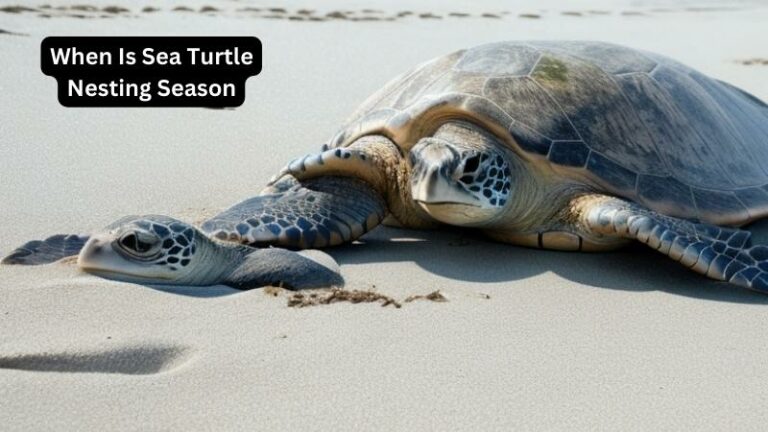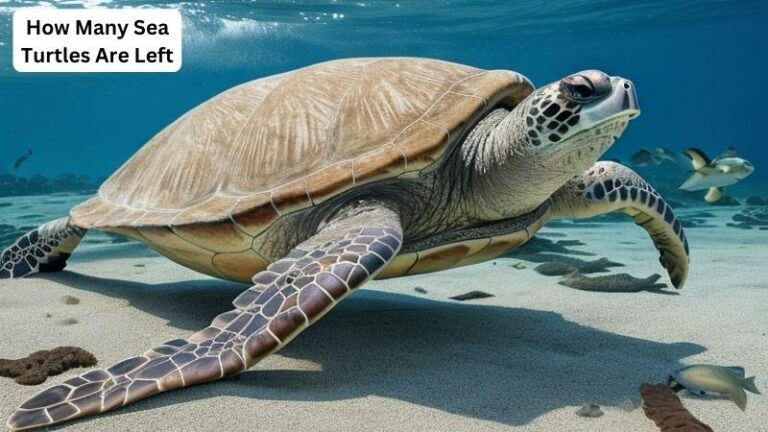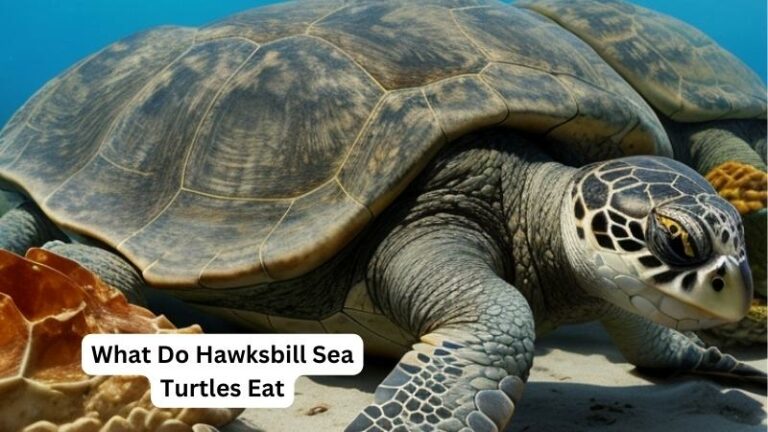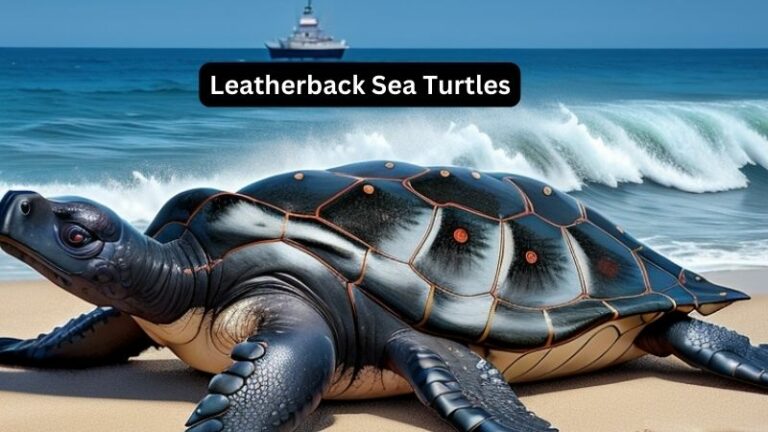When Do Sea Turtles Hatch
Today we discuss When Do Sea Turtles Hatch. The rhythmic sound of waves crashing against the shore, the warm sand beneath your feet, and the gentle breeze carrying the salty scent of the ocean – these are the classic elements of a perfect beach day. But did you know that hidden beneath the surface of the sand lies an incredible phenomenon? It is a moment of pure magic, when tiny sea turtles emerge from their sandy nests and make their way towards the vast open sea. In this article, we will explore the captivating world of sea turtle hatching, delving into the timing and process of this remarkable event.
Sea turtles, majestic creatures of the ocean, captivate us with their grace and beauty. But it is during the hatching season that their awe-inspiring journey truly begins. The question arises: when do sea turtles hatch? Understanding the timing of this awe-inspiring event is crucial to ensuring the safety and survival of these incredible beings. Join us as we dive into the depths of this topic, uncovering the secrets of when and how sea turtles hatch, and shedding light on the challenges they face in their quest for survival. So grab your sunscreen and get ready for an adventure into the fascinating world of sea turtle hatching!
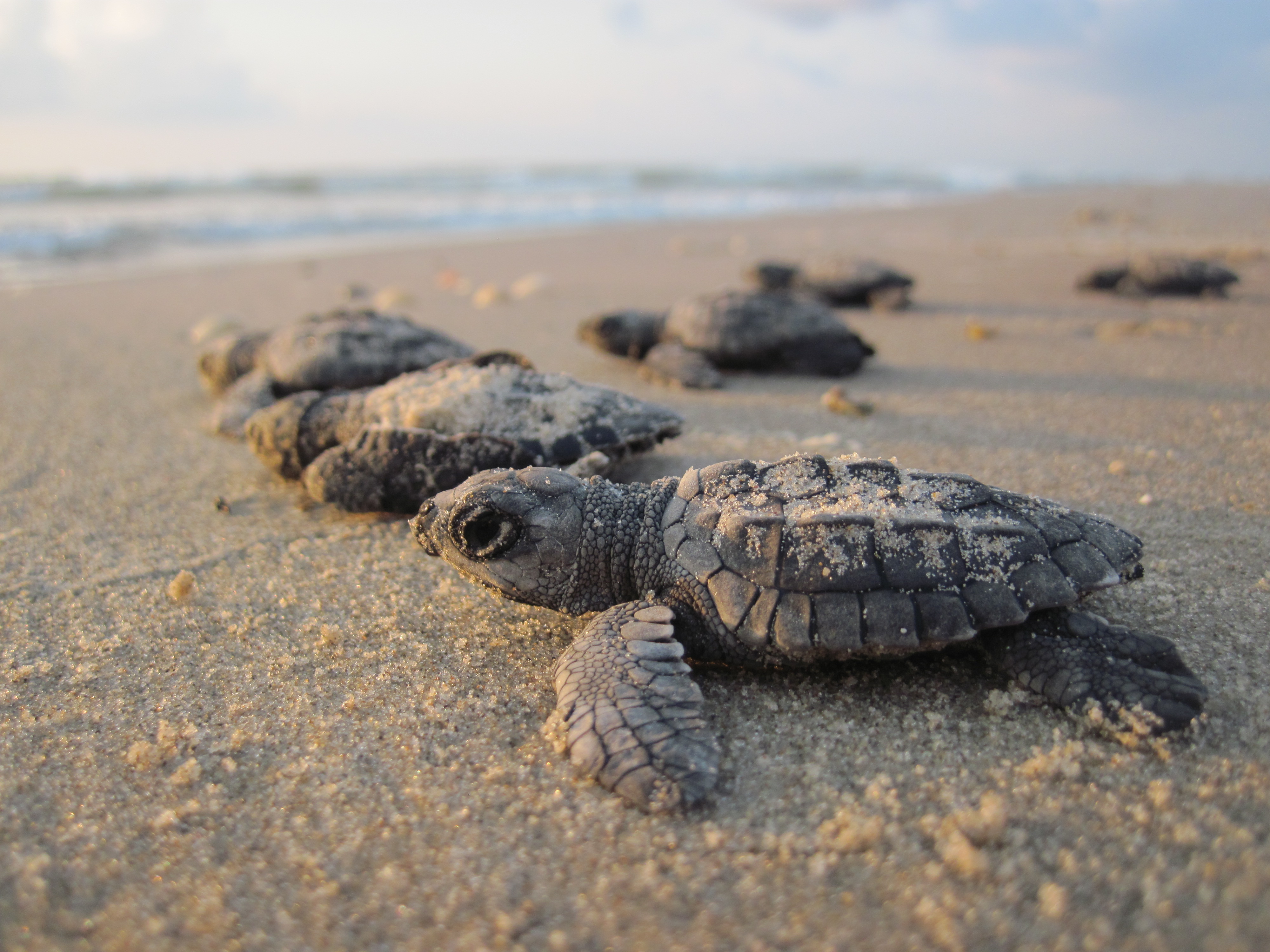 Source: nps.gov
Source: nps.govWhen do sea turtles hatch?
Sea turtles are fascinating creatures that go through a remarkable journey from hatching to maturity. Understanding when sea turtles hatch is crucial for their conservation and protection. In this article, we will provide you with step-by-step details on the hatching process of sea turtles and when it typically occurs.
1. Incubation period:
The incubation period of sea turtle eggs is an essential stage in their development. After a female sea turtle lays her eggs, they are carefully buried in a nest on sandy beaches. The temperature of the sand plays a crucial role in determining the sex of the hatchlings. Warmer temperatures generally result in more female hatchlings, while cooler temperatures produce more males.
The incubation period can vary depending on the species of sea turtle, but it typically ranges from 45 to 70 days. During this time, the eggs are left to develop and mature in the nest. The surrounding environment, including the temperature and humidity, influences the duration of the incubation period. Scientific studies have shown that hotter sand temperatures tend to shorten the incubation period, while lower temperatures lengthen it.
2. Hatching process:
When the incubation period comes to an end, the baby sea turtles begin to hatch from their eggs. The hatchlings have a small, temporary tooth called a “caruncle” which they use to break open the eggshell. This process can take several days, and it often occurs at night to minimize the risk of predation.
Once the hatchlings emerge from their eggs, they instinctively make their way to the surface of the sand. They use their flippers to dig their way out of the nest and navigate towards the brightest horizon, which is usually the reflection of the moon or the ocean. This natural instinct helps guide the hatchlings into the water, where they will begin their incredible oceanic journey.
3. Timing and environmental factors:
The timing of sea turtle hatchings can vary depending on various environmental factors. One crucial element is the nesting season, which depends on the species of sea turtle and the location of the nesting beach. Different species have different nesting seasons, with some occurring during the summer and others during the winter months.
Furthermore, the temperature of the sand plays a significant role in determining when sea turtles hatch. Warmer temperatures tend to result in quicker incubation periods and earlier hatchings, while cooler temperatures lead to longer incubation periods and later hatchings.
4. The importance of protecting hatchlings:
Protecting sea turtle hatchlings is crucial for the survival of these magnificent creatures. Coastal development, pollution, and human activities pose significant threats to the nesting beaches and the hatchlings themselves. It is essential to implement conservation measures to ensure that sea turtle hatchlings have a safe environment to emerge and make their way into the ocean.
By understanding the timing of sea turtle hatchings and the factors that affect them, we can work towards preserving these incredible creatures for future generations to marvel at.

Faqs for When Do Sea Turtles Hatch:
Sea turtles typically hatch during the nighttime, around 45 to 70 days after the eggs are laid. The exact timing of hatching can vary depending on the species of sea turtle and the environmental conditions. The temperature of the sand plays a crucial role in determining the hatching time. Warmer sand temperatures tend to result in shorter incubation periods, while cooler temperatures prolong the incubation period.
Once the baby sea turtles are ready to hatch, they use a temporary egg tooth to break open the eggshell. They emerge from the nest and instinctively make their way to the ocean, guided by the natural light and reflections on the water. This journey is essential for their survival as they face various challenges and predators along the way.
No, sea turtles do not hatch all at the same time. The hatching process is spread out over several nights or even weeks. This is known as an “emergence event.” Not all the eggs in a nest hatch simultaneously. Instead, the hatchlings emerge gradually, often over several nights. This staggered hatching is a survival mechanism that helps ensure that not all hatchlings are vulnerable to predators at once.
During the emergence event, the hatchlings that have already hatched may wait near the surface of the sand until the rest of their siblings emerge. This group waiting behavior is thought to provide protection against predators, as there is safety in numbers. The synchronized emergence also allows the hatchlings to have a better chance of reaching the ocean together.
Sea turtles hatch on the beaches where their mothers laid their eggs, known as nesting beaches. These nesting beaches can be found all around the world, from tropical and subtropical regions to more temperate zones. Different species of sea turtles have specific nesting preferences, and they return to the same beaches where they were born to lay their own eggs.
It’s important to note that not all beaches are suitable for sea turtle nesting. The beaches need to have the right sand composition, temperature, and other environmental factors that are conducive to successful incubation and hatching. Conservation efforts focus on protecting these nesting beaches to ensure the survival of sea turtles.
The number of eggs laid by sea turtles varies depending on the species. On average, sea turtles lay between 50 and 200 eggs in each nest. However, some species, like the leatherback turtle, may lay fewer eggs per nest, while others, like the green turtle, may lay more. The female sea turtle digs a nest in the sand and deposits the eggs before covering them up and returning to the ocean.
It’s worth mentioning that not all the eggs in a nest will hatch successfully. Some eggs may be infertile or damaged, and others may fall victim to various threats such as predation, erosion, or human interference. However, even with these challenges, sea turtles have adapted to ensure the survival of their species.
The time it takes for sea turtle eggs to hatch can vary depending on several factors. Generally, the incubation period ranges from 45 to 70 days, although it can be shorter or longer depending on the species and environmental conditions. As mentioned earlier, the temperature of the sand is a critical factor in determining the duration of incubation.
Warmer sand temperatures tend to speed up the development of the embryos, resulting in a shorter incubation period. Conversely, cooler temperatures can prolong the incubation period. This natural variation in incubation time helps ensure that not all sea turtle nests hatch at the same time, spreading out the emergence event and increasing the chances of survival for the hatchlings.
Baby turtle’s first steps – BBC
conclusion:
the process of sea turtle hatching is a fascinating and crucial event in the life cycle of these majestic creatures. Understanding the timing and conditions under which sea turtles hatch is essential for their survival and conservation efforts.
From the moment they are laid in the sand to the moment they emerge, sea turtle hatchlings face numerous challenges and obstacles. However, with the right environmental conditions and protection from human interference, these tiny creatures have the potential to grow into strong and resilient adults, contributing to the diversity and balance of marine ecosystems.
As we continue to study and learn about sea turtles, it is important to remember our responsibility in preserving their habitats and ensuring their survival. Through education, research, and conservation efforts, we can make a positive impact on their populations.
By understanding when sea turtles hatch and the factors that influence their success, we can take steps to protect their nesting sites, reduce pollution, and mitigate the effects of climate change.
By acting now, we can ensure that future generations will have the opportunity to witness the incredible journey of sea turtle hatchlings as they embark on their life’s journey, reminding us of the delicate beauty and resilience of nature.
